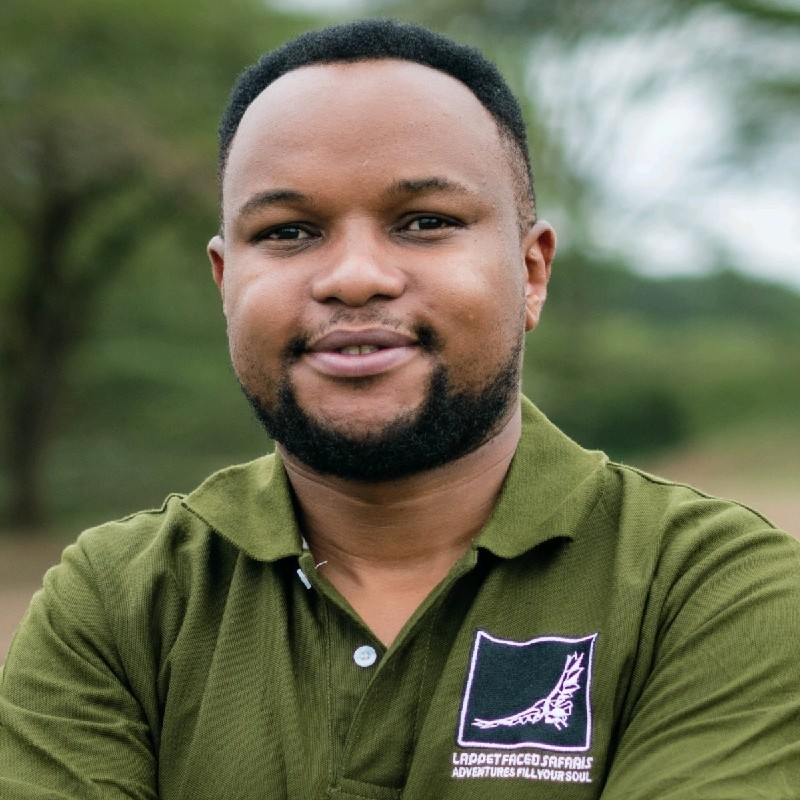Mount Kilimanjaro, the highest peak in Africa, stands as a bucket-list challenge for many adventurers around the world. But how likely are climbers to actually reach its summit? The success rate for reaching the top of Kilimanjaro varies depending on several factors, including the chosen route, climber fitness, and acclimatization strategies. Here’s a comprehensive look at what affects these success rates and what you can do to improve your chances of standing at Uhuru Peak.
success rate for reaching the summit of Kilimanjaro
Overall Success Rates
- Average Success Rates: On average, the success rate for reaching the summit of Kilimanjaro hovers around 65%. This figure varies, however, based on the route taken and the length of the climb. Routes that allow for better acclimatization typically see higher success rates.
- Importance of Acclimatization: Proper acclimatization is crucial for increasing summit success. Routes that spread the ascent over more days give climbers a better chance to adjust to the altitude, significantly improving their chances of reaching the summit.
Route-Specific Success Rates
- Machame Route: The Machame Route, also known as the “Whiskey Route,” has a success rate of about 85%. This route is popular due to its beautiful scenery and good acclimatization profile, as it follows the “climb high, sleep low” principle.
- Marangu Route: The Marangu Route, or “Coca-Cola Route,” has a lower success rate of around 50%. This is often attributed to its shorter duration, which doesn’t provide as much time for acclimatization compared to other routes.
- Lemosho and Northern Circuit Routes: The Lemosho and Northern Circuit Routes are among the longest routes on Kilimanjaro, offering the best acclimatization opportunities. These routes boast success rates of over 90%, making them the most successful options for climbers aiming for Uhuru Peak.

Francisco Raymond
Tanzania Safari Specialist
Plan a memorable Tanzanian adventure?
Save time and ensure an incredible safari experience by getting quotes from our Tanzania safari and trekking specialist
Factors Affecting Success Rates
- Physical Fitness: Climbers who are in good physical condition are more likely to reach the summit. Regular cardiovascular and strength training exercises are recommended to prepare for the climb.
- Mental Preparation: Mental fortitude is just as important as physical fitness. Climbers need to stay positive, motivated, and mentally prepared for the challenges of high-altitude trekking.
- Guides and Support: Hiring experienced guides and choosing reputable trekking companies can greatly increase success rates. Professional guides are knowledgeable about the best acclimatization practices and can provide essential support throughout the climb.
Improving Your Chances of Success
- Choose the Right Route: Selecting a route that offers adequate time for acclimatization is key. Longer routes like Lemosho and the Northern Circuit are ideal for maximizing your chances of success.
- Training and Preparation: Begin training several months before your climb. Focus on building cardiovascular endurance, strength, and flexibility. Hiking with a backpack, running, and stair climbing are excellent preparation activities.
- Acclimatization Days: Incorporate extra acclimatization days into your itinerary if possible. This extra time can make a significant difference in how well your body adjusts to the altitude.
Common Challenges
- Altitude Sickness: Altitude sickness is the primary reason climbers fail to reach the summit. Symptoms include headaches, nausea, dizziness, and fatigue. It’s essential to recognize these symptoms early and take action, such as descending to a lower altitude.
- Weather Conditions: Unpredictable weather on Kilimanjaro can also impact success rates. Cold temperatures, high winds, and heavy rain or snow can make the climb more difficult. Check the weather forecast before your climb and be prepared for all conditions.
Success Stories and Inspiration
- Notable Climbers: Many climbers have achieved incredible feats on Kilimanjaro. For example, the oldest person to reach the summit was 89-year-old Anne Lorimor in 2019, and the youngest was seven-year-old Montannah Kenney in 2018. Their stories serve as inspiration that with determination and preparation, reaching the summit is possible.
- Personal Accounts: Reading personal accounts from other climbers can provide valuable insights and motivation. Many climbers share their experiences in blogs and forums, offering tips and encouragement to future adventurers.
Reaching the summit of Mount Kilimanjaro is a challenging but achievable goal. Understanding the factors that affect success rates, choosing the right route, and preparing both physically and mentally can significantly increase your chances of standing on top of Africa. Remember, the journey to Uhuru Peak is as much about the experience as it is about the destination. With the right preparation and mindset, you can conquer Kilimanjaro and create memories that will last a lifetime.

Francisco Raymond
Tanzania Safari Specialist
Plan a memorable Tanzanian adventure?
Save time and ensure an incredible safari experience by getting quotes from our Tanzania safari and trekking specialist
FAQs
1. Which route has the highest success rate on Kilimanjaro?
The Northern Circuit Route has the highest success rate, with over 90% of climbers reaching the summit due to its extended acclimatization period.
2. How important is physical fitness for climbing Kilimanjaro?
Physical fitness is crucial for climbing Kilimanjaro. Regular cardiovascular and strength training exercises can significantly improve your chances of reaching the summit.
3. Can altitude sickness be prevented?
While it can’t be entirely prevented, proper acclimatization, staying hydrated, and ascending slowly can help minimize the risk of altitude sickness.
4. Is it necessary to hire a guide for Kilimanjaro?
Yes, hiring a guide is mandatory for climbing Kilimanjaro. Experienced guides can greatly increase your chances of success and ensure your safety throughout the climb.
5. What is the best time of year to climb Kilimanjaro?
The best times to climb Kilimanjaro are during the dry seasons, from January to mid-March, and from June to October, when the weather conditions are most favorable.
For an extraordinary East African adventure, explore the following highlights on our site:
- Gorilla Trekking in Rwanda
- Gorilla Trekking in Uganda
- Lake Duluti Walking Safari and Canoeing
- Lake Manyara Day Trip
- Lake Manyara National Park
- Mto wa Mbu Culture Tour
- Ngorongoro Conservation Area
- Ngorongoro Crater Day Trip
Visit our page for detailed information and tips to make the most of your journey.



